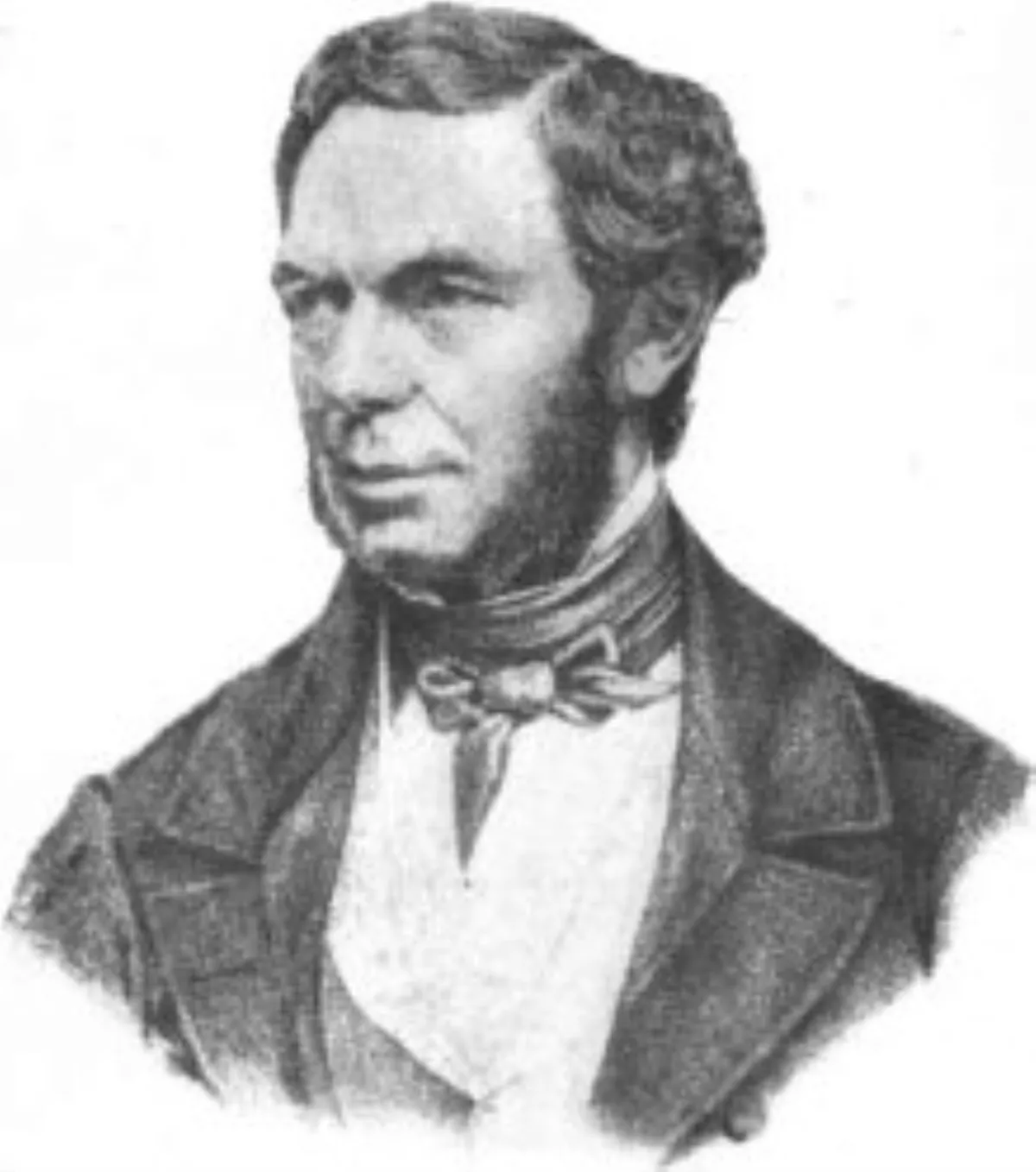 1.
1. Michael Doheny was an Irish writer, lawyer, member of the Young Ireland movement, and co-founder of the Irish Republican Brotherhood, an Irish secret society which would go on to launch the Fenian Raids on Canada, Fenian Rising of 1867, and the Easter Rising of 1916, each of which was an attempt to bring about Irish Independence from Britain.